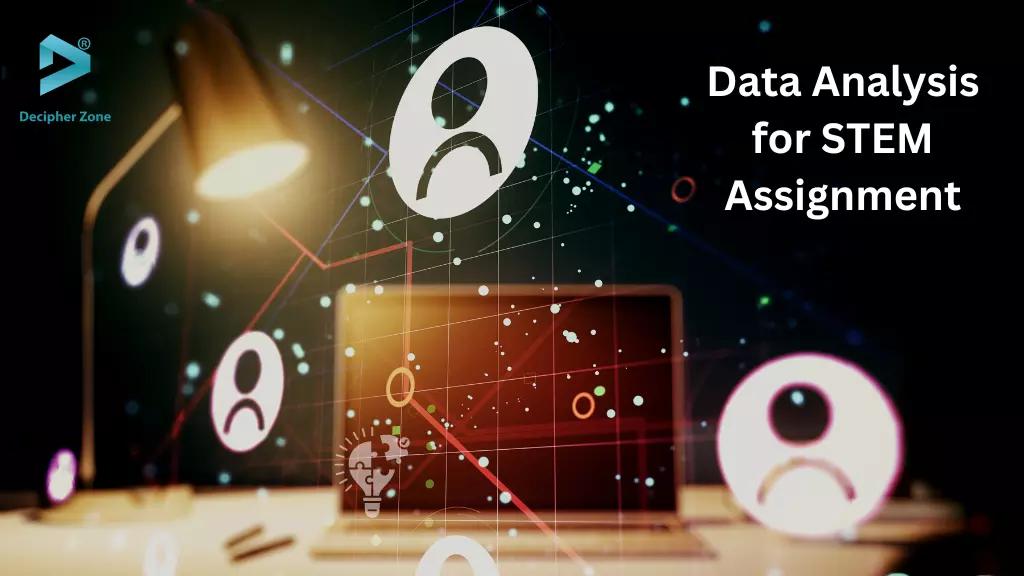Data analysis is crucial to STEM assignments as it helps draw meaningful conclusions from collected data. Whether you are working on a project, task, or experiment, data analysis is an essential skill that can be challenging to master.
Steps To Conduct Practical Data Analysis For Your STEM Assignment
This article provides an overview of how to conduct data analysis for your STEM assignment. We will also introduce you to some free tools and resources, including task cards, to help you with the process.
Step 1: Collect the Data
Practical data analysis is crucial for successful STEM assignments. To conduct data analysis, it is essential to collect relevant data that is accurate and reliable. This data can be collected through various methods such as surveys, experiments, or observations. It is crucial to ensure that the data collected is free from errors and is representative of the sample population. Students can use various tools, such as data collection cards or templates. Documenting the data collection process is essential to ensure it is collected consistently and systematically.
Step 2: Clean and Organize the Data
Once the data is collected, it is essential to clean and organize it to remove any errors or discrepancies. This ensures that the data is accurate and can be used for analysis. Students can use spreadsheets or software to clean and organize their data. They can also use data validation rules to ensure consistency and accuracy.
Step 3: Analyze the Data
After cleaning and organizing the data, the next step is to analyze it. There are various data analysis methods, such as descriptive statistics, inferential statistics, and data visualization. Students should choose the appropriate data analysis method based on the type of data they have collected and the research questions they want to answer. They can also use coding or AI to analyze large data sets.
Step 4: Interpret the Results
Once the data analysis is complete, students should interpret the results to draw meaningful conclusions. They can interpret their results using statistical tools such as regression analysis or hypothesis testing. Presenting the results clearly and concisely using data visualization tools such as graphs and charts like survey chart, sales funnel chart, Sankey diagram, and a simple bar chart.. Students can also use online tools or software to present their data effectively.
Step 5: Draw Conclusions and Make Recommendations
Using the results of the data analysis, students should conclude and make recommendations. They should ensure that their conclusions are based on evidence and are supported by the data. Students should also make recommendations based on their findings and suggest areas for future research. Ensuring that the conclusions and recommendations are relevant to the research questions and objectives is vital.
Step 6: Review and Revise
Finally, students should review and revise their data analysis to ensure accuracy and reliability. They should check for any errors or discrepancies and revise their analysis accordingly. They should also seek feedback from their tutors or peers and incorporate their suggestions into their analysis. This will ensure that their data analysis is of high quality and meets the requirements of the STEM task.
Practical data analysis is essential for successful STEM assignment. By following these steps and using the appropriate tools and techniques, students can conduct data analysis that is accurate, reliable, and informative. With various online tools and resources available at the young learners’ request. Students can also access free data analysis cards and templates to make their work easier.

